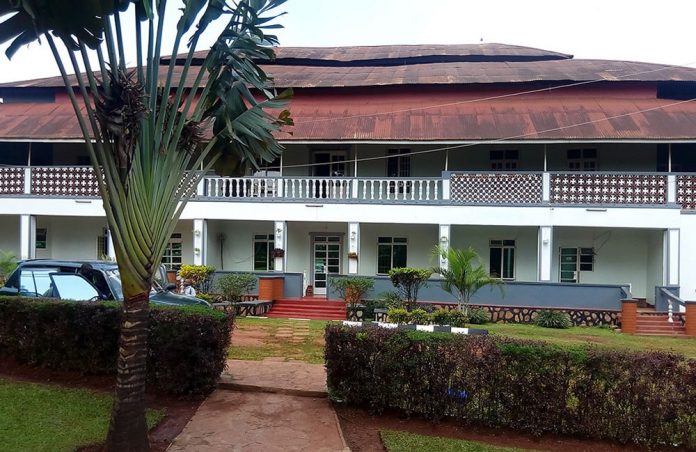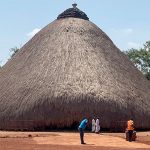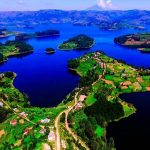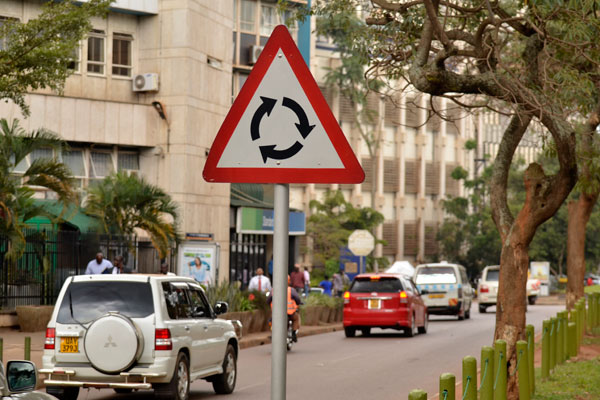Zakariya Kisingiri House
Established in 1895, this concrete house, roofed with rusty corrugated iron sheets is found along the royal mile, less than a minute’s walk from the gate of Buganda’s parliament, Mengo.
It belonged to Zakaria Kizito Kisingiri, one of the three Regents to the then young King Daudi Chwa. Kisingiri later served as the treasurer for the Kingdom when Daudi Chwa had grown old enough to assume full authority as king. This strong attachment explains why Kabaka Mwanga’s body was rested at his home for days before it was buried. This followed his death in Seychelles Islands in 1904 where he had fled to exile following Britain’s invasion of his Kingdom.
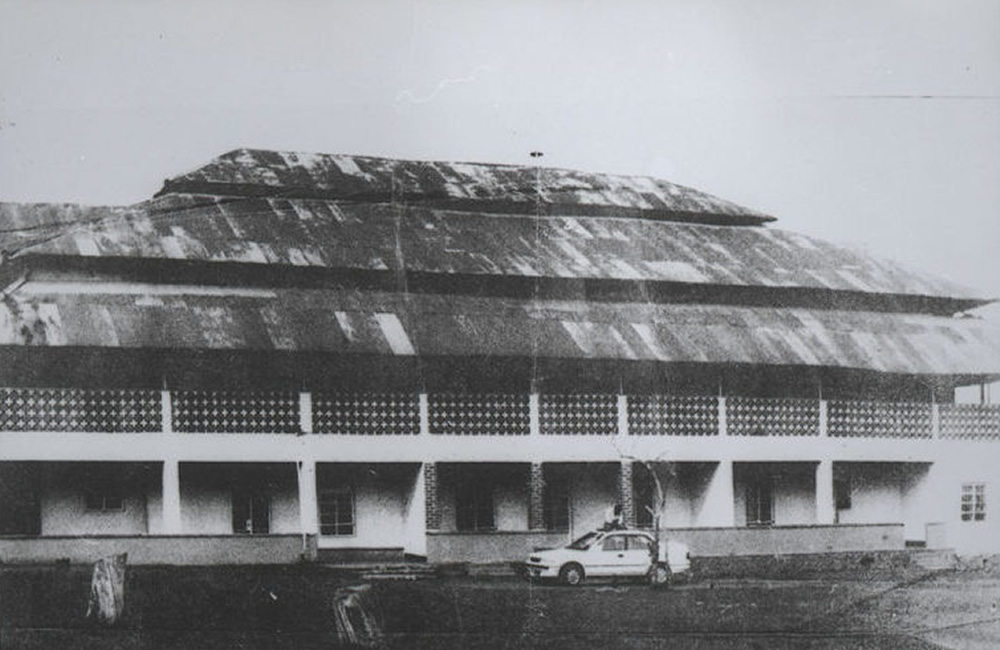
According to Grace Kitaka, one of the grandchildren of Kisingiri, the house’s construction was foreseen by Miller and Stanley in 1895. They were prolific European masons at the time. It sits on a three-acre peace of land and has a compound that is as big as a standard football pitch. It has three floors and was built with palm trees, sun-dried mud bricks, and stones. The ancient mansion has 70 well-maintained rooms built with board floors. Most of these rooms measure 20 by 20 square feet each.
The heart of the structure is graced with two sitting rooms that are equivalent to space occupied by a complete house. The stones at their fireplaces glitter whenever the fire is on. The house has an indoor 20 feet swimming pool, modern bathtubs, and well-polished wooden staircases.
“Residents refer to Kisingiri as Ku Nfudu, a Luganda reference for a sanctuary of turtles. This is because it once doubled as a home to three tortoises that Stanley Kisingiri came back with from Seychelles in 1945. He was one of the sons of Zakariya Kisingiri.” Pastor Grace explains
Kisingiri is more a Kingdom hero, he is regarded as a national hero for having facilitated John Speke’s discovery of the source of the Nile. His daughter-in-law, Princess Beatrice Muggale(R.I.P), was a God-fearing mother who had a special place in the heart of Kabaka Ronald Muwenda Mutebi II (current King of Buganda). Whenever he was hungry for spiritual nourishment, he would visit her for a Bible session.
Twekobe – Lubiri Royal Palace- Kampala
This royal palace is such a majestic asset to the kingdom from which Uganda got its name, Buganda. It has an architectural design that was based on Stormont House in Northern Ireland, and was built by Kabaka Sir Edward Muteesa. He was the first post-independence President of the country. It used to be his official residence until 1966 when kingship was abolished by the central Government of the day, as Presided by Apollo Milton Obote.
In short, Lubiri brings a level of reality to Ugandan history, giving you the opportunity of discovering the rich history of Buganda, a kingdom that is over 300 years old. At Lubiri, you will also find a well-hidden political prison where President Idi Amin and Milton Obote used to torture and kill their political threats, totaling to over 30,000.
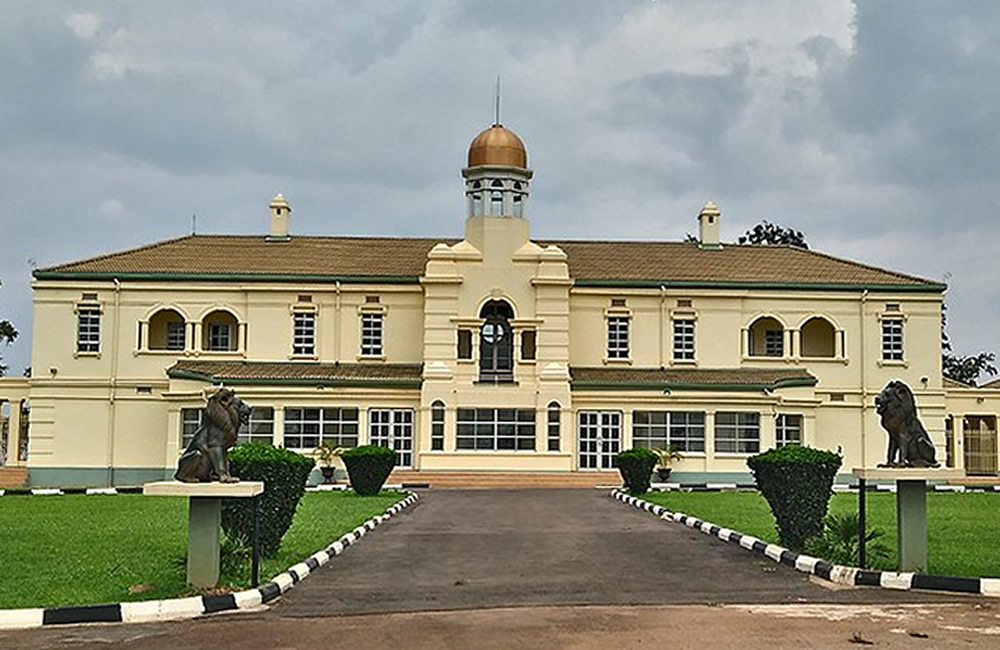
The five-roomed underground structure is enveloped by wild vegetation. It was built by the Israelites as an armament arsenal for Dictator Idi Amin, only to be later repurposed for dark use. Prior to their murder, most victims were electrocuted with low voltage in an effort to coerce information. It was impossible for them to escape as the only entrance was guarded full-time. It is such a painful episode in the history of Buganda. This explains why the incumbent Kabaka Ronald Mutebi doesn’t stay here, but rather another Palace found in the Eastern Kampala, Banda. He only uses Lubiri to receive visiting dignitaries.
One of the palace’s biggest treasures is a well-kept museum where Buganda’s culture and traditions are preserved. Here you will find lots of royal regalia and artefacts that have been passed on from one royal generation to the next.
Lubiri overlooks the royal mile, a mile-long street linking it to Mengo, Buganda’s Parliament. On either side of the street, you will find Kabaka anjagala trees and 52 beautiful statues of totems, each symbolic of a particular clan of Buganda
St. Luke and St. Katherine general wards – Mengo Hospital
At 121 years old, Mengo is the oldest hospital in East Africa, and one of its oldest assets is St. Luke and St. Katherine’s general wards. It was built in 1904 by Dr. Albert Cook, the first colonial doctor to treat Ugandans.
According to records from the hospital’s archives, at the time of its construction in 1897, it was made of reed, mud, and thatch. Then, it had 12 wooden beds and straw mattresses. In 1900, it was destroyed and rebuilt in 1904 using meter-thick walls and gauge 24 iron sheets imported from Britain. The building had two wards. One on the left had 30 beds for women, and one on right had 30 for men. They were named Katherine and Luke wards respectively, in commemoration of Dr. Albert Cook Luke and his wife Katherine, a midwife who helped Lady Druscilla Namaganda deliver Kabaka Muteesa II in 1924. Mutesa was the first President of Uganda.
In between these wards was the operating theatre, Dr. Cook’s office, and library on its upper floor. The building was at the time said to be the best and only modern building in Uganda’s protectorate. It was opened by Alfred Tucker, the then Bishop of Eastern Equatorial Africa.
The roof of the building has never been replaced, but the interior is slightly modified to cater to two words, orthopedics, and some offices. The ward has electricity and running water.

